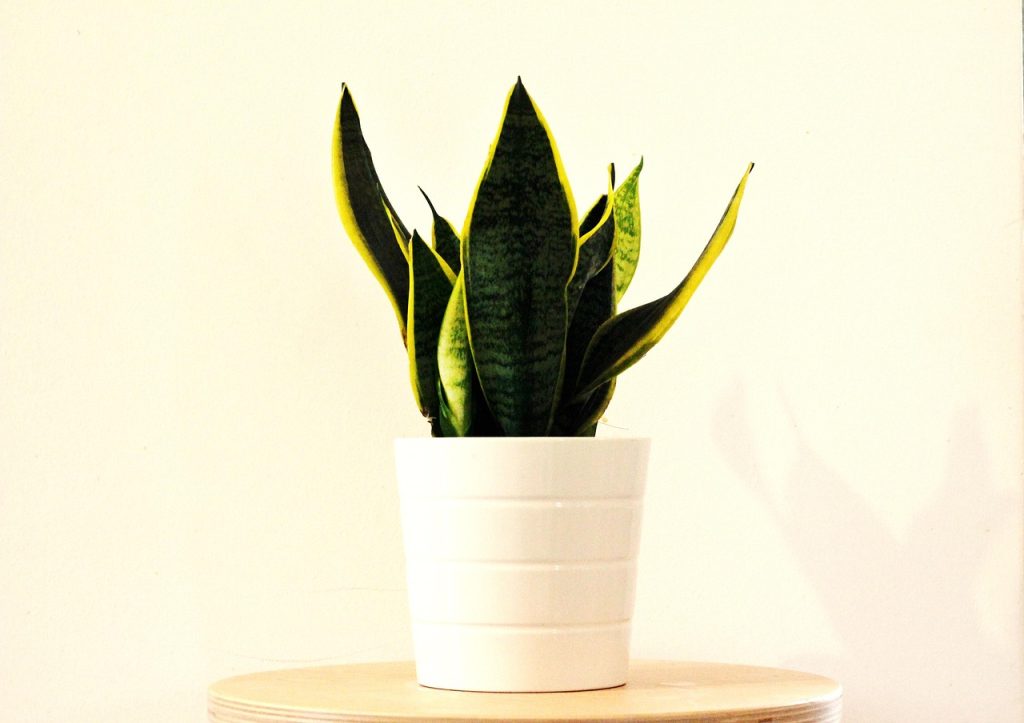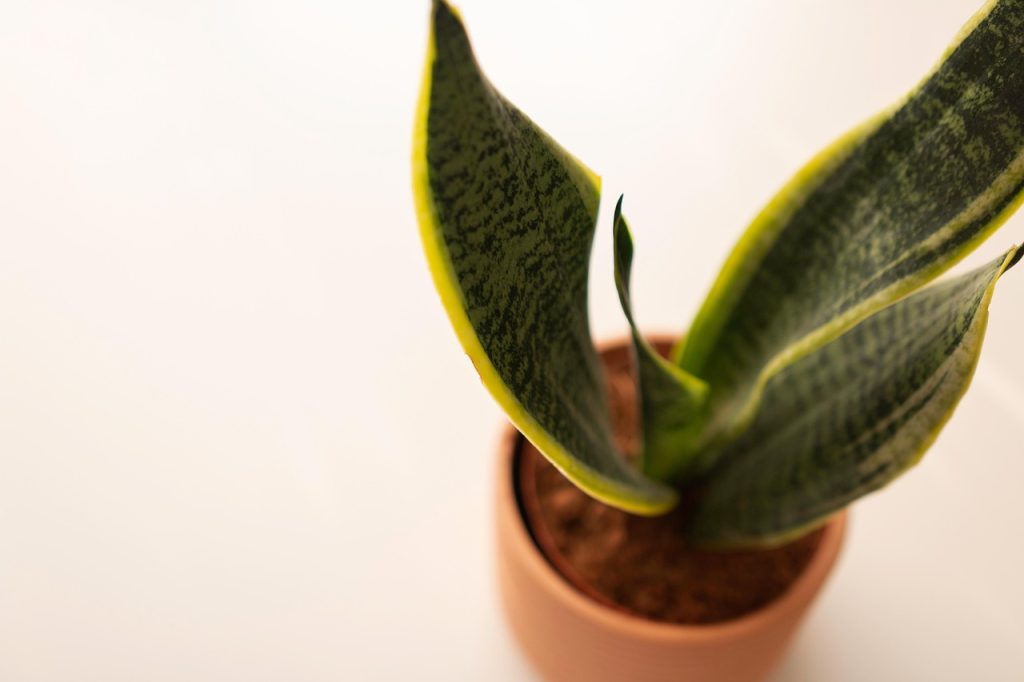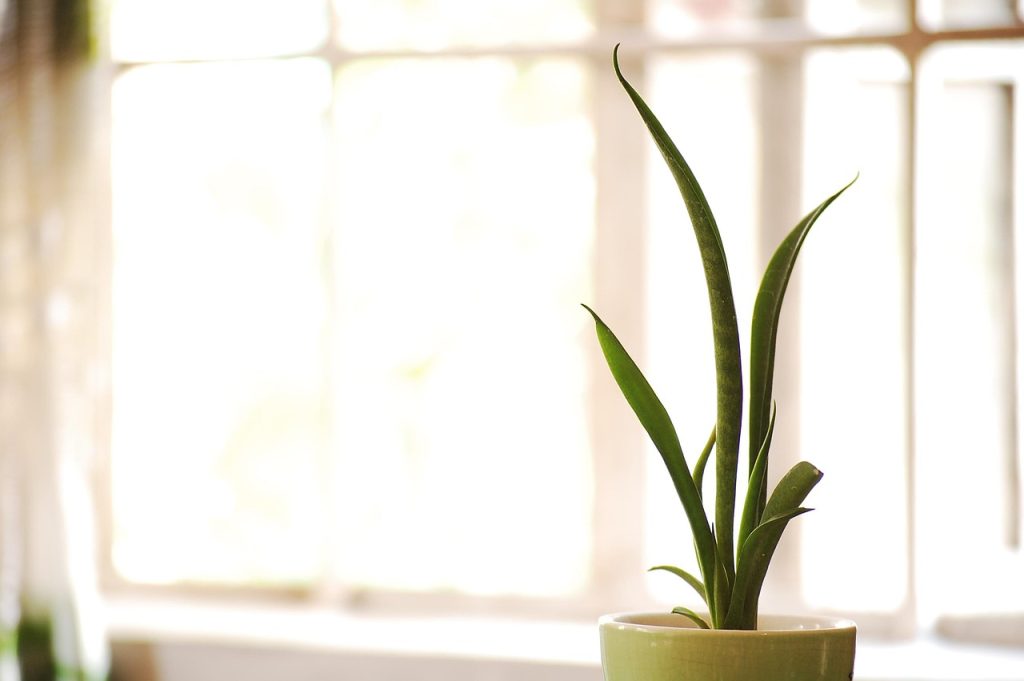When it comes to multiplying plants effectively, asexual propagation stands as one of the most reliable and fascinating methods in horticulture. Unlike sexual propagation, which requires seeds formed through pollination, asexual propagation produces new plants from existing plant parts such as stems, leaves, or roots, creating exact genetic replicas of the parent plant. This process is widely used by gardeners, farmers, and botanists to preserve desirable traits and ensure uniform growth.
What Is Asexual Propagation?
Asexual propagation is a method of plant reproduction that doesn’t involve seeds or fertilization. Instead, new plants are grown from vegetative parts, such as cuttings, runners, bulbs, rhizomes, or tubers. Since the offspring are genetically identical to the parent, this method helps maintain specific characteristics like flower color, fruit quality, and disease resistance.
This cloning process ensures predictability and consistency, making it ideal for both home gardeners and commercial growers.

Why Is Asexual Propagation Important?
Asexual propagation plays a major role in modern horticulture because it:
- Preserves desirable traits such as flavor, color, or resistance to pests.
- Speeds up plant growth, as seedlings take longer to mature.
- Ensures uniformity, crucial for ornamental and crop plants.
- Allows propagation of seedless plants, like bananas and potatoes.
- Helps reproduce plants that produce sterile seeds.
Methods of Asexual Propagation
There are several ways to carry out asexual propagation, each suited for specific plant types. Below are the most common methods:
1. Cutting
This is the simplest and most popular form of asexual propagation. A small section of the plant (usually a stem, leaf, or root) is cut and placed in soil or water to encourage root formation.
Types of Cuttings:
- Stem cuttings: Common for roses, coleus, and hibiscus.
- Leaf cuttings: Ideal for succulents like jade or snake plants.
- Root cuttings: Used for plants like blackberries and horseradish.
Tip: Use a sharp, sterile tool and keep the cutting moist until roots develop.
2. Layering
In layering, a stem is bent and covered with soil while still attached to the parent plant. Once roots form, it can be detached and transplanted.
Common methods include:
- Simple layering: Used for shrubs like jasmine or roses.
- Air layering: Common for indoor plants like rubber plants and dracaenas.
This method ensures a higher success rate because the stem continues receiving nutrients from the parent plant during root formation.
3. Division
This method involves dividing the root clumps of mature plants into smaller sections, each capable of growing independently.
Best for:
- Perennials such as hostas, ferns, and irises.
- Grasses and herbs that grow in dense clumps.
Steps:
- Carefully dig up the plant.
- Separate the roots into sections with healthy shoots.
- Replant each section in suitable soil.

4. Grafting
Grafting involves joining two plant parts, the scion (upper part) and rootstock (lower part), to grow as a single plant.
Used for:
- Fruit trees like apples, mangoes, and citrus.
- Roses and ornamental shrubs.
This allows growers to combine the strengths of two different plants, such as disease resistance from the rootstock and superior fruit from the scion.
5. Budding
Budding is a variation of grafting where a single bud is inserted into the bark of another plant.
Ideal for:
- Roses, peaches, and plums.
It’s a quick and efficient way to propagate high-quality plants on a large scale.
6. Suckers and Offsets
Some plants naturally produce new shoots (suckers) or small plantlets (offsets) around their base. These can be separated and replanted.
Examples:
- Offsets: Aloe vera, spider plants, and bromeliads.
- Suckers: Bananas, lilacs, and raspberries.
This method requires minimal effort and works great for home gardeners.
7. Tissue Culture (Micropropagation)
This is a scientific, laboratory-based method where plant cells or tissues are grown in sterile conditions using nutrient-rich media.
Advantages:
- Produces thousands of identical plants in a short time.
- Helps in conserving rare or endangered plant species.
- Ensures disease-free propagation.
This method is widely used in commercial nurseries for orchids, bananas, and potatoes.
Comparison Table: Common Asexual Propagation Methods
| Method | Plant Part Used | Examples | Difficulty Level |
|---|---|---|---|
| Cutting | Stem, leaf, root | Coleus, Snake Plant | Easy |
| Layering | Stem | Jasmine, Rubber Plant | Medium |
| Division | Root clumps | Hostas, Ferns | Easy |
| Grafting | Stem + Rootstock | Roses, Mango | Advanced |
| Budding | Single bud | Roses, Peaches | Medium |
| Offsets | Small plantlets | Aloe Vera, Spider Plant | Easy |
| Tissue Culture | Cells or tissues | Orchids, Banana | Advanced |

Advantages of Asexual Propagation
- Produces genetically identical plants.
- Shorter maturity time than seed-grown plants.
- Allows propagation of seedless or sterile species.
- Preserves specific desirable traits like flower color or fruit flavor.
- Offers higher success rates compared to seed germination.
Disadvantages of Asexual Propagation
- Lack of genetic diversity makes plants vulnerable to diseases.
- Some methods are labor-intensive and require skill.
- Equipment and environmental control are needed for methods like tissue culture.
- Not suitable for all plant species.
Best Plants for Asexual Propagation
If you’re new to asexual propagation, start with plants that root easily and have a high success rate:
- Succulents (Aloe Vera, Jade Plant)
- Pothos (Money Plant)
- Coleus
- Spider Plant
- Begonia
- Philodendron
- Roses (through grafting or cuttings)
- Mint and Basil (through stem cuttings)
Asexual Propagation vs. Sexual Propagation
| Feature | Asexual Propagation | Sexual Propagation |
|---|---|---|
| Involves Seeds | No | Yes |
| Genetic Variation | None (identical) | High |
| Speed | Fast | Slow |
| Consistency | Uniform plants | Variable growth |
| Common Use | Commercial, cloning | Breeding, diversity |

Tips for Successful Asexual Propagation
- Always use clean and sterilized tools to prevent infections.
- Choose healthy parent plants for better success.
- Maintain proper humidity and temperature during rooting.
- Use a well-draining propagation medium like perlite or vermiculite.
- Provide indirect light to prevent wilting.
- Use rooting hormone for difficult-to-root species.
Frequently Asked Questions (FAQs)
Asexual propagation is the process of growing new plants without seeds, using parts like stems, leaves, or roots.
Common examples include cutting, layering, division, grafting, and tissue culture.
It allows growers to clone plants, maintain desirable traits, and reproduce seedless varieties.
Not all plants can. Some species respond better to seed propagation, while others root easily through vegetative means.
Succulents, pothos, spider plants, mint, and coleus are among the easiest.
Conclusion
Asexual propagation is a cornerstone of plant cultivation, combining simplicity, efficiency, and precision. Whether you’re a beginner gardener or a horticultural expert, mastering these techniques allows you to clone your favorite plants, maintain their traits, and expand your garden faster.
With methods ranging from simple cuttings to advanced tissue culture, asexual propagation continues to revolutionize modern gardening and agriculture, making plant reproduction both accessible and sustainable.